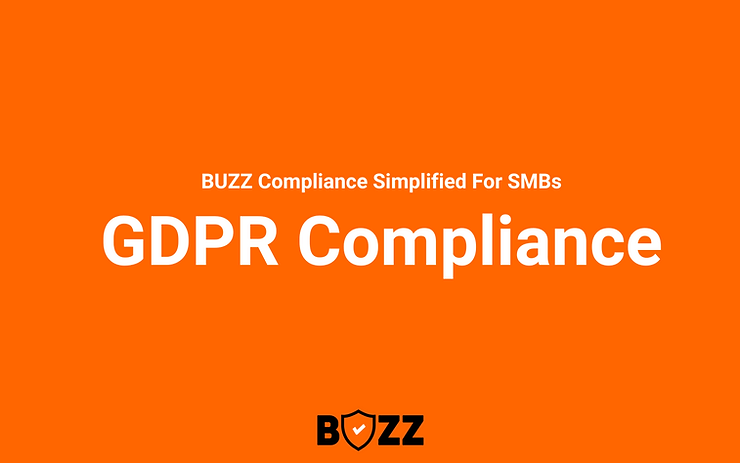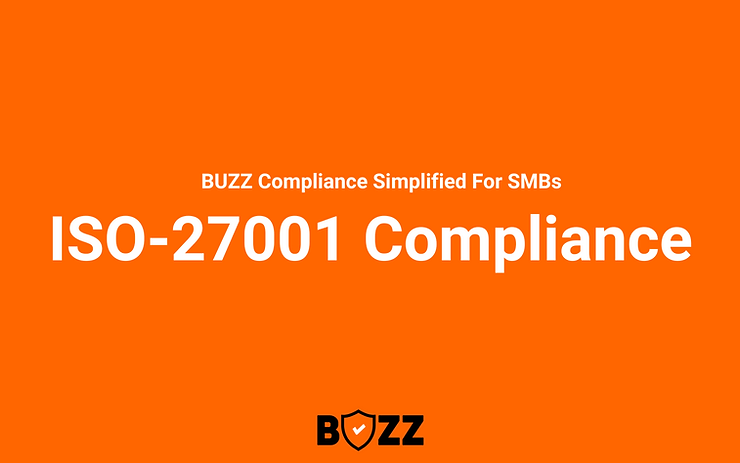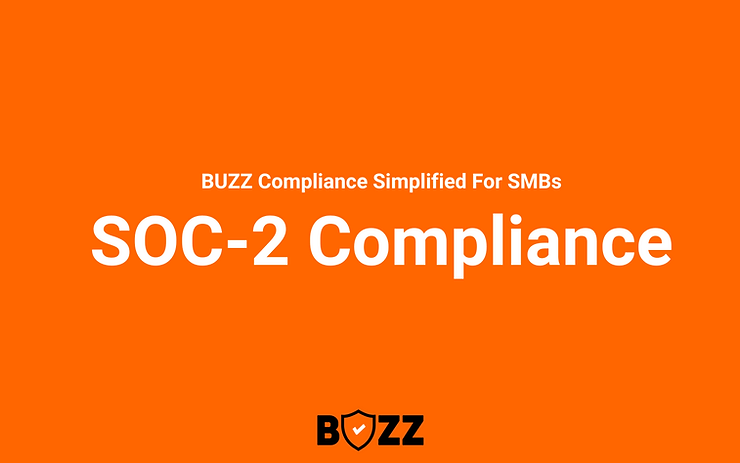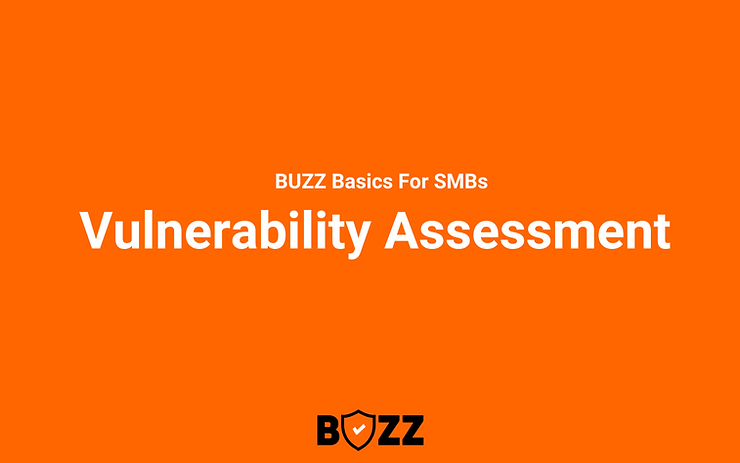GDPR Compliance Simplified for SMBs
Demystifying GDPR for Small & Medium Businesses In an era where data breaches and privacy concerns are escalating, the General Data Protection Regulation (GDPR) stands as a pivotal regulation in the realm of data protection and privacy. Originating in the European Union, GDPR has set a global benchmark for data privacy laws, significantly impacting businesses of all sizes, including small and medium-sized businesses (SMBs). For SMBs, the journey towards GDPR compliance may seem daunting due to limited resources and expertise compared to larger corporations. However, the importance of GDPR compliance builds trust with customers, enhances data security, and fosters a culture of privacy within the organization. This blog aims to demystify GDPR for SMBs, breaking down the complexities into manageable segments with practical, actionable guidance that balances simplicity with the depth of information. By the end of this guide, SMBs will have a clearer understanding of GDPR requirements and how to integrate them into their business practices effectively and efficiently. What Can You Expect Key GDPR Terminology Simplified for SMBs Decoding GDPR – A Detailed Look at Each Criterion Integrating GDPR Criteria into SMB Engineering Practices Practical Steps for SMBs to Achieve GDPR Compliance When and How to Begin Your GDPR Compliance Journey Summing Up the GDPR Journey for Small and Medium Businesses Frequently Asked Questions (FAQs) on GDPR for SMBs Key GDPR Terminology Simplified for SMBs Before diving into the specific criteria of GDPR, it’s crucial for SMBs to familiarize themselves with the core terms used throughout the regulation. Understanding these terms is the first step in comprehending the requirements and implications of GDPR. 1. Data Subject A data subject is any individual whose personal data is being collected, held, or processed. In an SMB context, this could be customers, employees, or any other individuals the business interacts with. 2. Personal Data Personal data refers to any information that can be used to directly or indirectly identify a person. This includes names, email addresses, location data, IP addresses, and more. For SMBs, this is the data they collect from their customers or employees. 3. Data Processing Data processing encompasses any operation performed on personal data, whether automated or manual. This includes collecting, recording, organizing, structuring, storing, adapting, retrieving, consulting, using, disclosing, disseminating, aligning, combining, restricting, erasing, or destroying data. 4. Data Controller A data controller is an entity (individual, organization, or authority) that determines the purposes and means of processing personal data. In the case of an SMB, it is typically the business itself making decisions about how to handle customer or employee data. 5. Data Processor A data processor is a third party that processes personal data on behalf of the data controller. This could include cloud service providers, payroll companies, or CRM systems used by SMBs. 6. Data Protection Officer (DPO) A DPO is a person with expert knowledge of data protection law and practices, who assists the data controller or processor in monitoring internal compliance with GDPR. While not all SMBs are required to appoint a DPO, it’s important to understand the role, especially if the business processes large amounts of sensitive data. 7. Consent Consent is a freely given, specific, informed, and unambiguous indication of the data subject’s wishes. It involves a clear affirmative action signifying agreement to the processing of personal data. For SMBs, obtaining clear consent is crucial for many types of data processing activities. 8. Data Breach A data breach is a security incident in which personal data is accessed, disclosed, altered, lost, or destroyed without authorization. Understanding and preparing for potential data breaches is essential for GDPR compliance. Grasping these terms is fundamental for SMBs to navigate the GDPR landscape. It helps in understanding the regulation’s requirements and how they apply to the specific contexts of their businesses. This knowledge forms the foundation for implementing GDPR-compliant practices and policies. Decoding GDPR – A Detailed Look at Each Criterion SMBs must understand these principles thoroughly and apply them in their data processing activities. This may involve revising data handling practices, updating privacy policies, and investing in data security measures. 1. Lawfulness, Fairness, and Transparency Lawfulness: Data processing must have a legal basis, such as consent, contract, legal obligation, vital interests, public task, or legitimate interests. Fairness: Processing should be fair to the data subject. This means considering how data processing affects the individuals and ensuring it does not have unjustified adverse effects on them. Transparency: Organizations must be transparent about how they use personal data. This involves clear communication with data subjects about data processing activities. 2. Purpose Limitation Data should be collected for specified, explicit, and legitimate purposes and not further processed in a manner incompatible with those purposes. This criterion ensures that data is used only for the reasons it was initially collected for. 3. Data Minimization Organizations should only process the personal data that is necessary for achieving the purposes for which it is processed. This means limiting the data to what is absolutely necessary. 4. Accuracy Personal data must be accurate and, where necessary, kept up to date. Inaccurate data should be corrected or deleted. This criterion emphasizes the importance of data accuracy in decision-making and personal rights. 5. Storage Limitation Personal data should be kept in a form that permits identification of data subjects for no longer than necessary. This involves implementing data retention policies and ensuring data is not kept indefinitely without a valid reason. 6. Integrity and Confidentiality (Security) Data must be processed securely by using appropriate technical or organizational measures. This includes protecting data against unauthorized or unlawful processing, accidental loss, destruction, or damage. 7. Accountability The data controller is responsible for, and must be able to demonstrate, compliance with the other GDPR principles. This involves documenting data processing activities, implementing GDPR-compliant practices, and regularly reviewing these practices. Integrating GDPR Criteria into SMB Engineering Practices Understanding GDPR criteria is one thing, but translating them into actionable engineering practices is where many SMBs face challenges. This section aims to bridge that gap, offering practical





